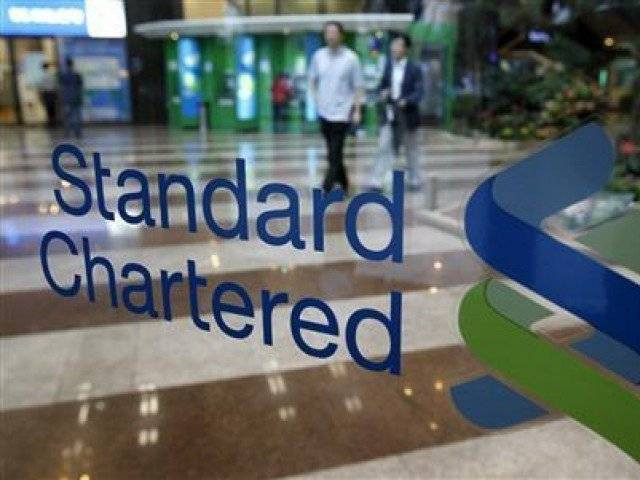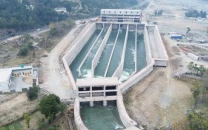Work on SEZs critical for job creation, says Standard Chartered CEO
Cautions CPEC will turn into just transit route if Pakistan loses sight of the project’s bigger picture

PHOTO: FILE
“The critical thing for the creation of more job opportunities and enhancing exports is the execution of SEZs’ plan,” said Shazad Dada, Chief Executive Officer of SCB, while speaking to the media on Wednesday.
Pakistan should not lose sight of CPEC’s bigger picture, otherwise the strategic project would turn into just a transit route, said Dada while responding to questions on real benefits of CPEC amid reports of slowdown of work inside Pakistan.
He said there were reports that work on the SEZs was a bit slow, but it still remained the cornerstone of Pakistan-China cooperation.
Under the second phase of CPEC, Pakistan and China plan to set up at least nine SEZs across the country, but local authorities have yet to resolve issues that could hamper Chinese investment.
Pakistan sees investment in the SEZs as its second phase of industrialisation, which will not only increase per capita income, but will also add hundreds of thousands of jobs.
He said Chinese president’s strategic Belt and Road Initiative offered an opportunity for 85 million new jobs and $2.5 trillion in additional international trade. “Even if a fraction of it comes to Pakistan, it will change the country’s future,” remarked Dada.
To a question, Jean Lu, Managing Director, Head of Global Banking, CIB, Standard Chartered Bank (China) Limited, said the shift of dollar-denominated bilateral trade between China and Pakistan to renminbi will be slow, adding central banks of both the countries had signed currency swap agreements that would help this transition.
She pointed out that it would be too early to determine when the complete shift would take place.
Experts from Standard Chartered’s Greater China Region have hosted road shows in Sri Lanka, Bangladesh and Pakistan to highlight the benefits of and investment opportunities from China’s Belt and Road Initiative, together with renminbi’s internationalisation.
“SCB is present in 45 out of 65 Belt and Road countries and is well positioned to take advantage of the $2.5 trillion in additional international trade,” Jean said, adding SCB had more financial products than any Chinese bank to take benefit from this huge opportunity.
She said the Belt and Road Initiative would benefit all countries along the route, contributing to global economic and social development.
According to Jean, many countries, like Pakistan, have robust demand for infrastructure as they move towards further industrialisation, move up the value chain as well as absorb fast-growing populations. According to the Asian Development Bank, Asia needs to invest around $8 trillion in infrastructure over 2010-20 in order to maintain its growth momentum. Improved infrastructure would foster the formation of production chains at the regional level based on comparative advantage, hence improving productivity, she said.
Trade between China and countries along the Belt and Road has been robust. Total trade between China and these countries exceeded $3 trillion between 2014 and 2016 and the momentum continued in 2017 despite subdued growth in global trade.
The Belt and Road Initiative has made significant headway in the past four years and has gained support of more than 100 countries and international organisations, and more than 80 of them have signed cooperation agreements with China.
Published in The Express Tribune, April 26th, 2018.
Like Business on Facebook, follow @TribuneBiz on Twitter to stay informed and join in the conversation.


















COMMENTS
Comments are moderated and generally will be posted if they are on-topic and not abusive.
For more information, please see our Comments FAQ